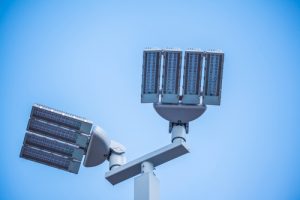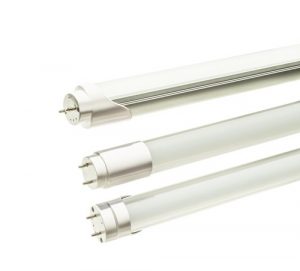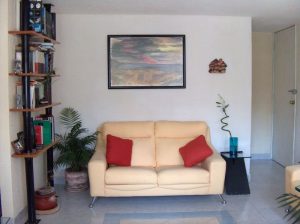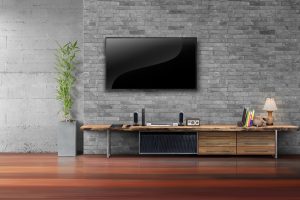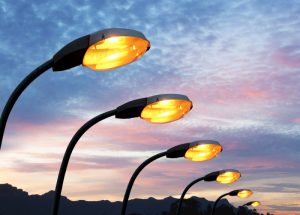Automated Lighting and Appliance control through sensors can help save electricity
Switching off lights and appliances is one of the best know ways to save electricity. But many a times we forget to switch them off when needed or we keep them on even when they are not needed. Most of the times this happens for convenience or because of forgetfulness. But we all know that this is increasing our electricity bills. In many cases the one who pays for the electricity bills is the one who is concerned about rising bills but the one using it does not care much. But all this can be avoided using some of the latest technology that is available in the market.
Occupancy Sensor Controls
Occupancy Sensors also known as PIR (or passive infrared rays) sensors can be very effective in controlling the lighting system in an indoor space. These provide a lot of convenience of switching on or switching off the lighting system based on the occupancy of the room. These sensors typically sense motion up to 20 ft from the sensor and control the lighting based on occupancy in that space. If placed strategically, a sensor can cover a lot of space in a room and can switch on the light when a person enters a room and switch it off when there is no one in the room.
Checking on the Internet we found that PIR sensors are available from Rs 300 – Rs 2000 in India. Based on the feature and functionality available, the cost increases. Some PIR sensors also come with integrated photo sensor controls (described below).
Photo Sensor Controls
Photo Sensor Controls are additional controls available in some sensors that is useful to control unnecessary lighting. Many a times, lights are switch on even when there is sufficient lighting. A photo sensor control system makes sure that the lights are on only when they are required. These are also very helpful in outdoor lighting where they make sure that lights are on only during the night time or when there is less light. Photo sensors typically sense the ambient light and based on the level switch on or switch off the lighting system.
Dependence on Technology or change in attitude
These sensors can control leakage of electricity on lighting, but they themselves consume 1-3 W of electricity. Although compared to a lighting system it is very low, but if we develop an attitude of switching off the lights, then we might not need such systems.
We recently visited an office for an audit and observed that they had instructed the security guards to switch off the lights when there is no one in the office or if any room is unoccupied. We felt that it was a great process and such practices avoided electricity leaks. Inculcating a habit of switching off lights and appliance can help avoid dependence on systems.
Although these systems can be used in residential setup as well but they make a whole lot of sense in commercial or office setup. Most commercial setups have higher usage and higher tariffs and any such saving can have significant benefit. In case you have a big house and many times people in the house forget to switch off lights at some places, then also it can help.
References
http://energy.gov/energysaver/articles/lighting-controls
http://lighting.lbl.gov/pdfs/deliverable_Brochure_final.pdf
About the Author:
Abhishek Jain is an Alumnus of IIT Bombay with almost 10 years of experience in corporate before starting Bijli Bachao in 2012. His passion for solving problems moved him towards Energy Sector and he is keen to learn about customer behavior towards Energy and find ways to influence the same towards Sustainability. More from this author.

